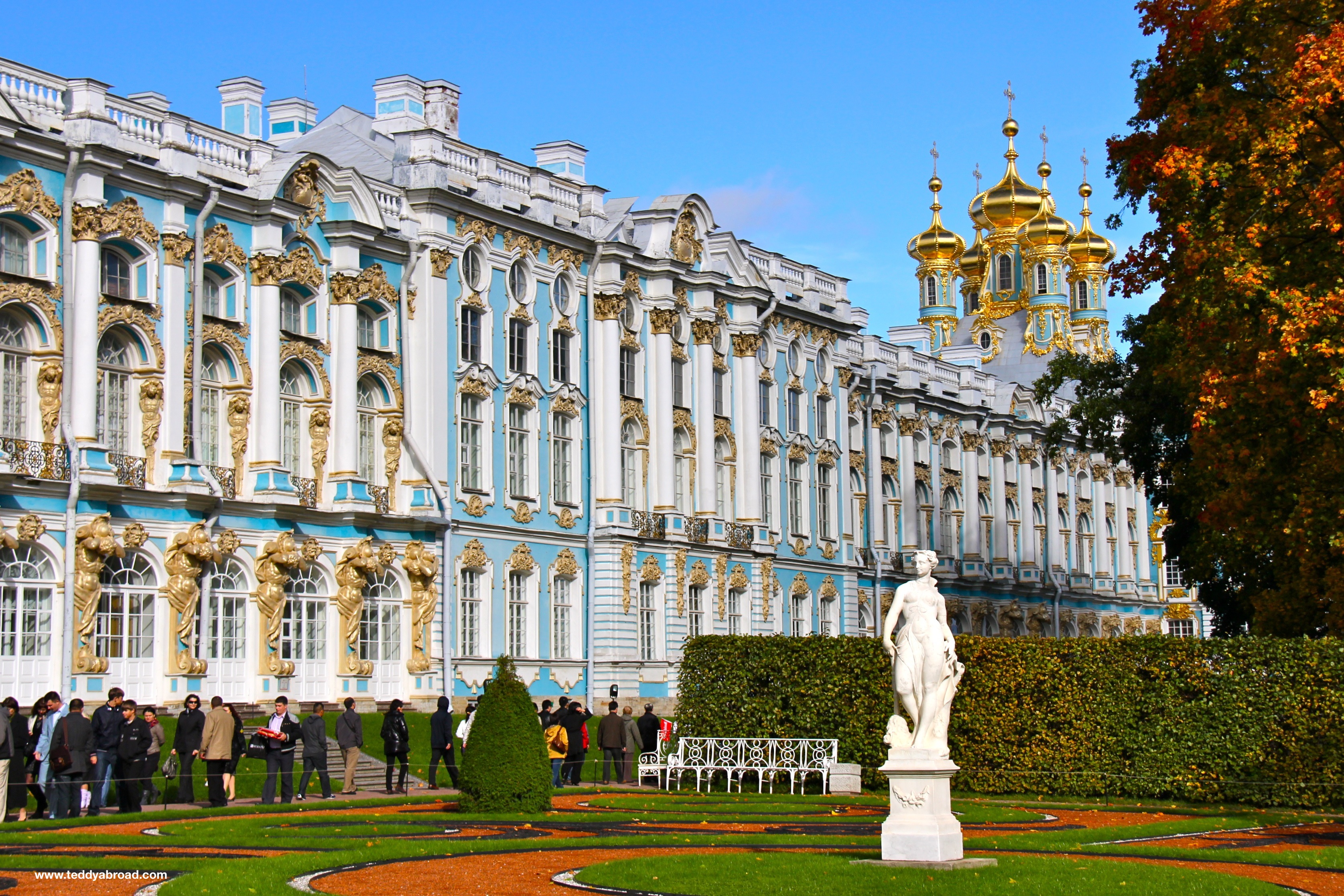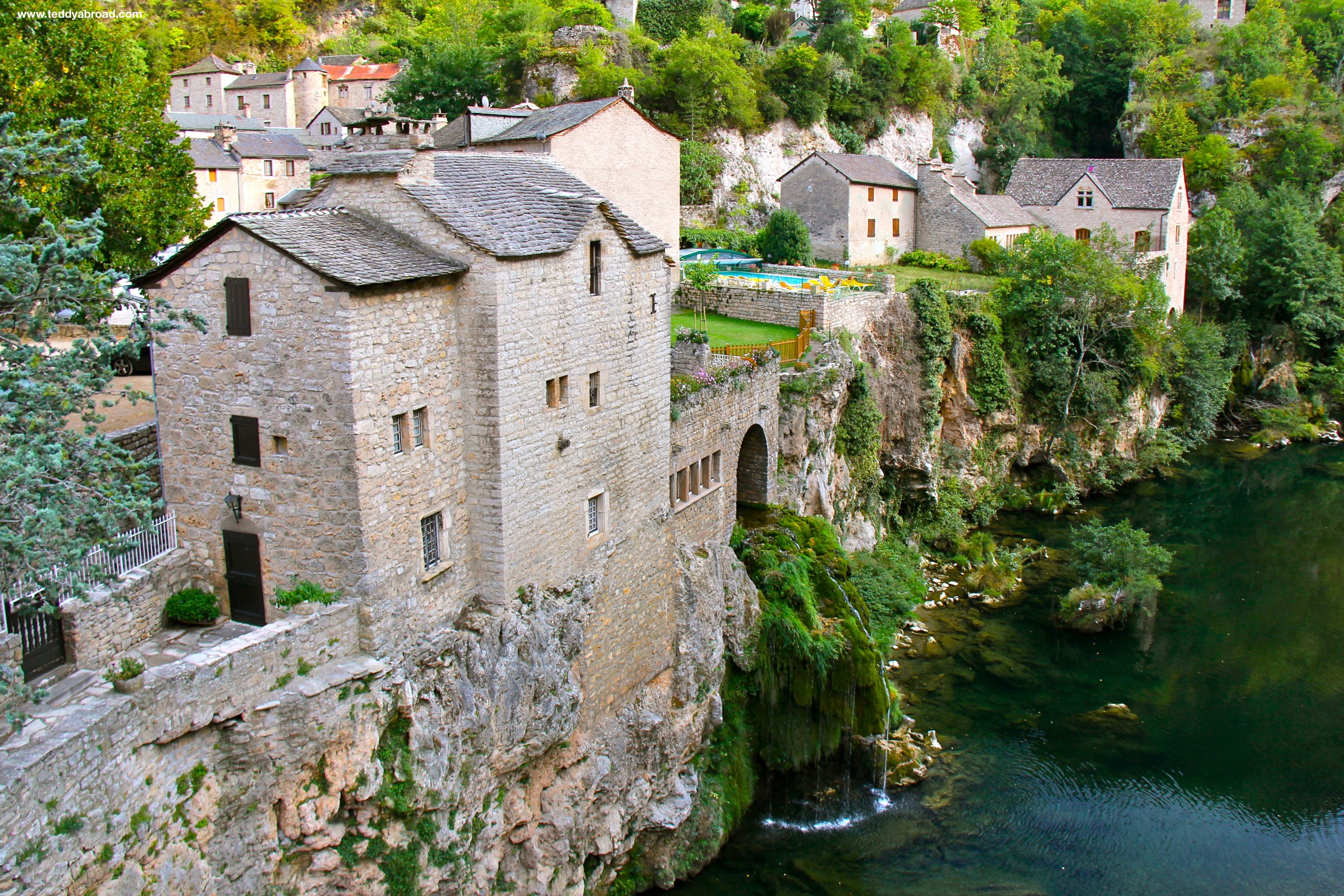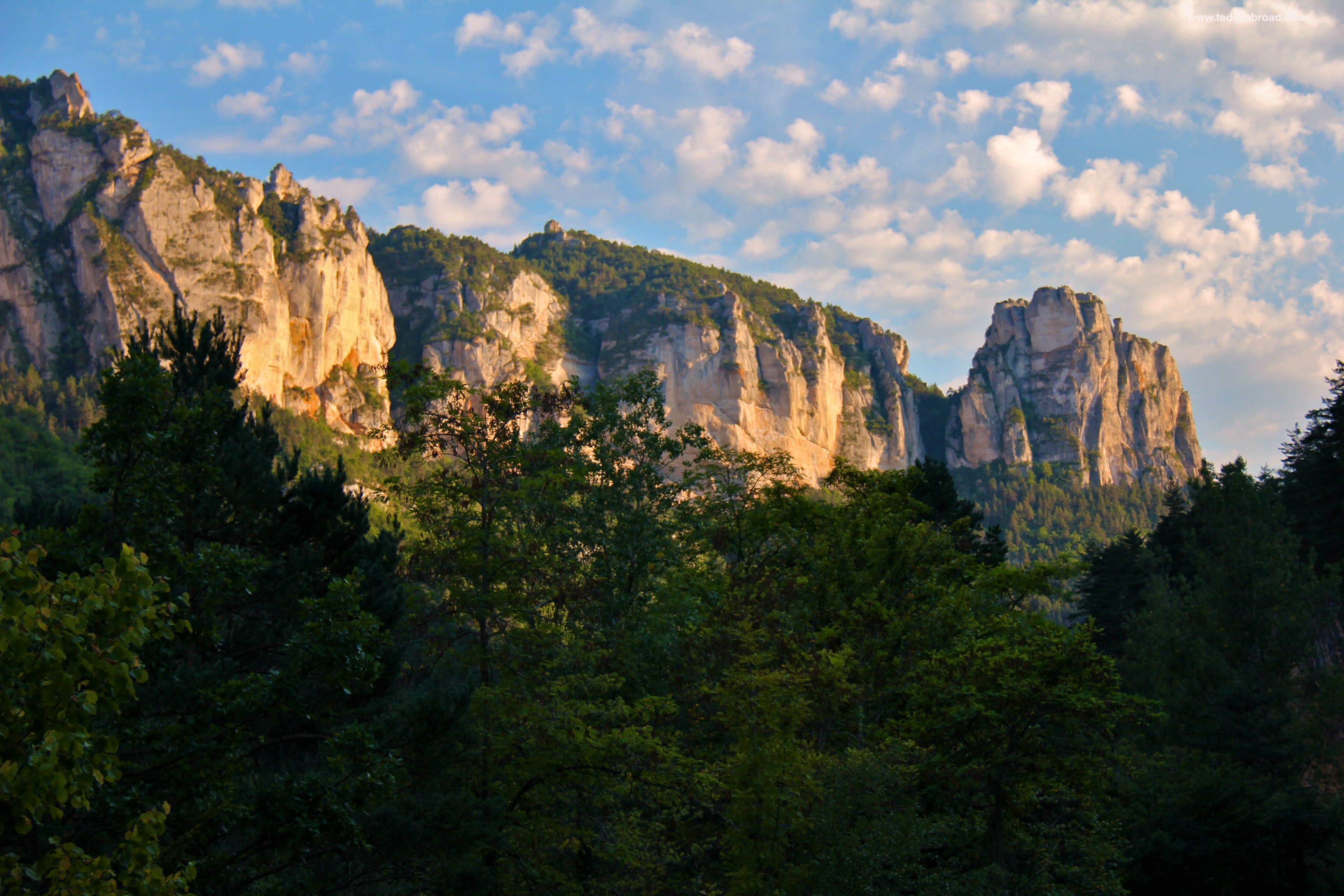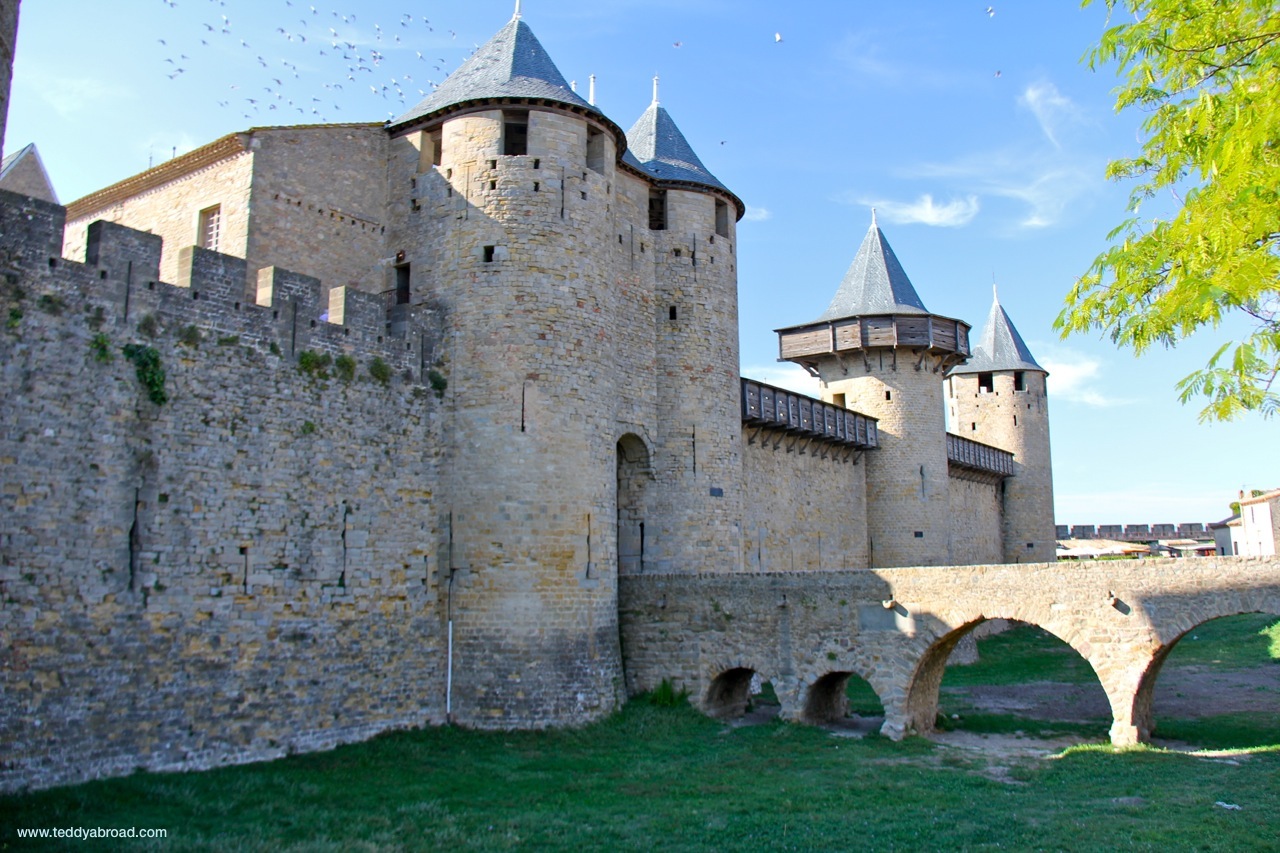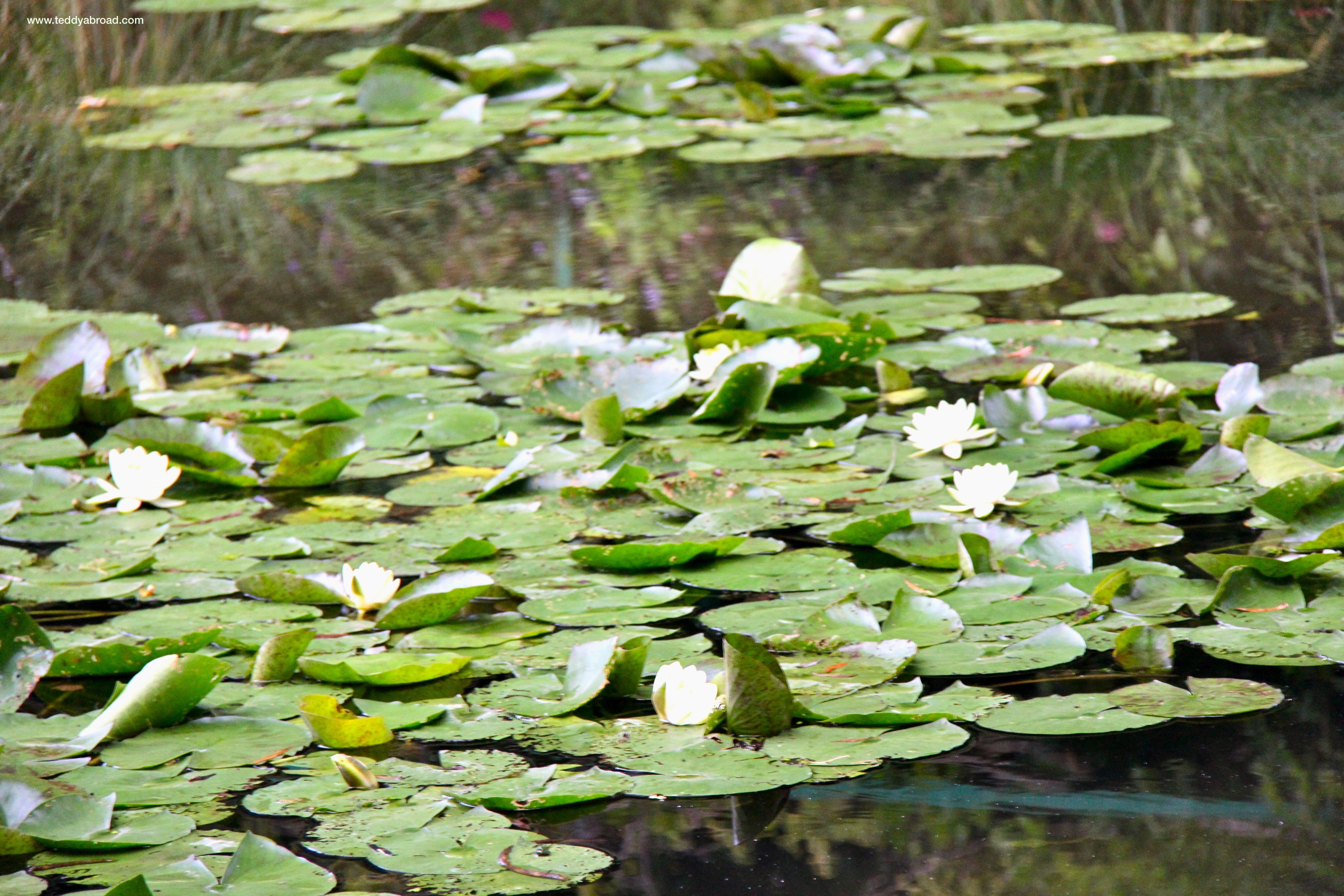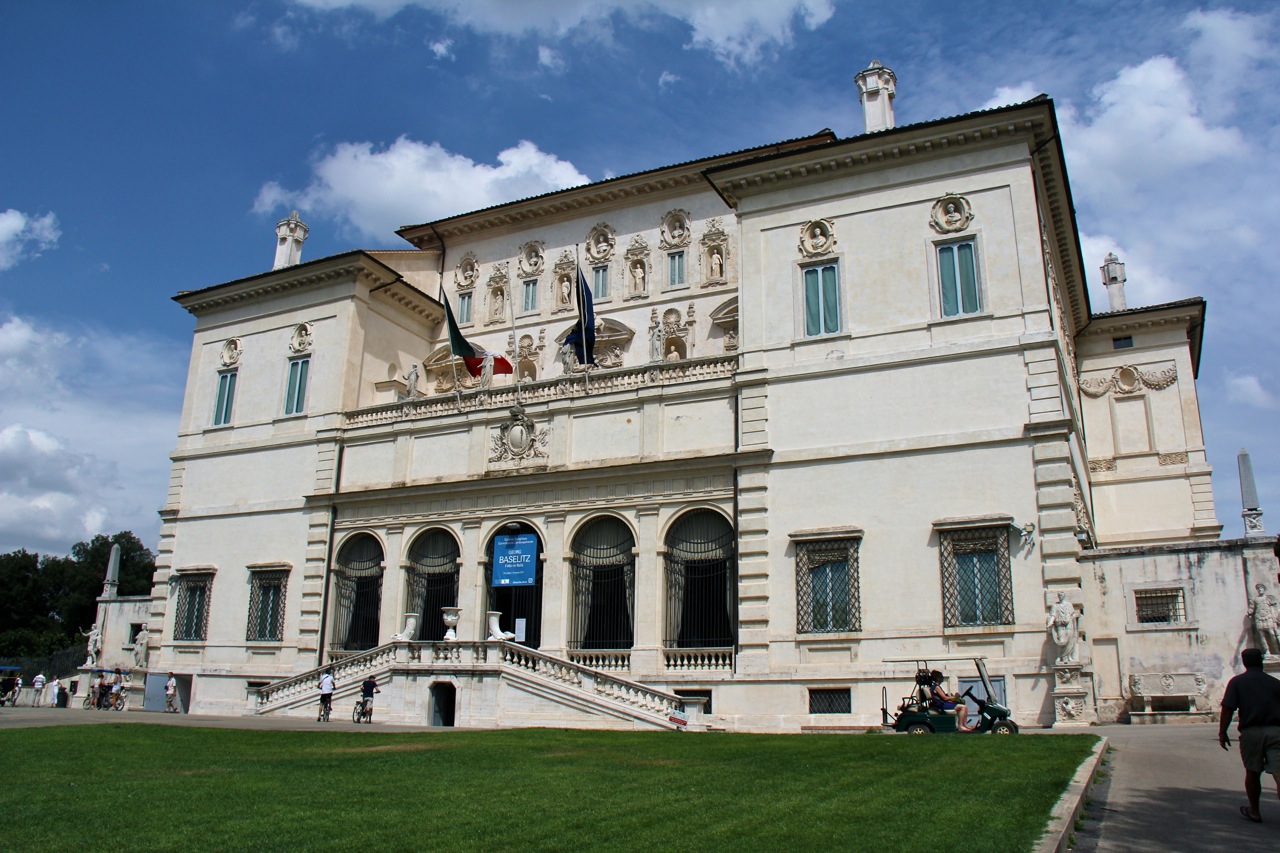- One small Teddy's adventures in a big planet.

-
Recent articles …
-

Dubrovnik
Game of Thrones fans will already know Dubrovnik even if they don’t realise it. Because despite hundreds of years of colourful – and at times, tragic Read More » -

Split
Croatia has become an incredibly popular travel destination in the last couple of decades, and few cities have embraced the change with as much gusto as Read More » -

Bali
The Indonesian Island of Bali holds a special place for many young international travellers, especially those from Australia and New Zealand because of its proximity, but Read More » -
Things to watch out for in Turkey
While Turkey has much to offer the international tourist, there are a few things the first time traveller should be aware of. In some cases this Read More »
-
Did you know … ?
Did you know … ?




